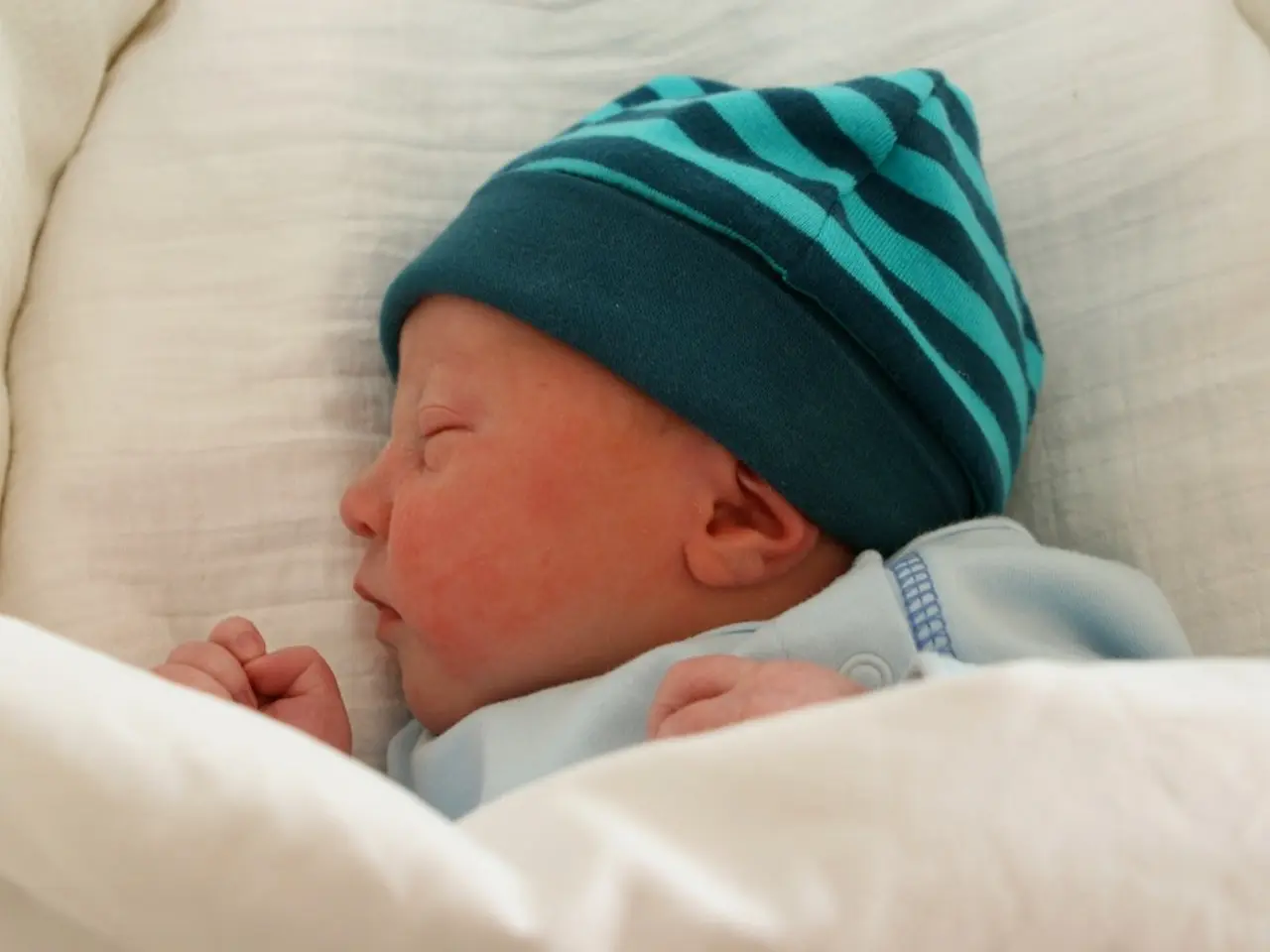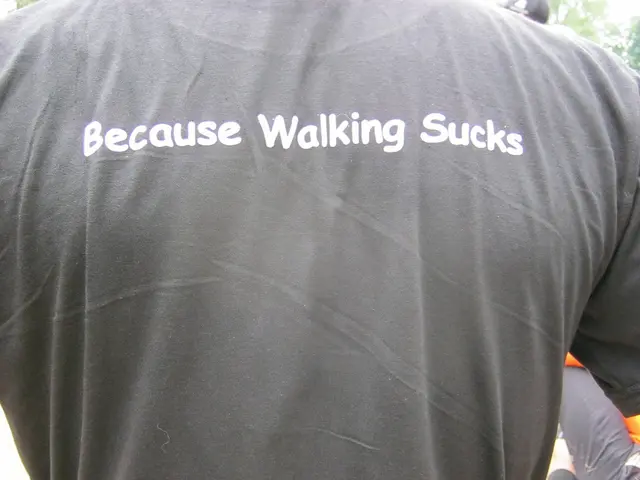Crafting a Secure Sleep Haven for Infants
A safe and comfortable sleep environment is crucial for a baby's well-being. Here are some guidelines, based on recommendations from the American Academy of Pediatrics (AAP) and the Centers for Disease Control and Prevention (CDC), to help reduce the risk of Sudden Infant Death Syndrome (SIDS).
- Sleep Position
- Always place babies on their backs for every sleep, whether naps or nighttime, until they reach 12 months of age. This sleep position is the single most effective practice to reduce SIDS risk.
- Sleep Surface
- Use a firm, flat, and non-inclined sleep surface with a tight-fitting sheet. Avoid inclined sleepers or surfaces with any angle greater than 10 degrees. The sleep surface should be free of pillows, blankets, bumpers, stuffed animals, or toys to prevent suffocation hazards.
- Room Sharing without Bed Sharing
- Keep the infant's sleep space in the same room as the parents for at least the first six months. This reduces SIDS risk by up to 50%. However, do not share the same bed with the infant, as bed sharing increases risk.
- Temperature and Humidity
- Maintain the room temperature between 68 and 72 degrees Fahrenheit. Monitoring humidity levels is equally important. Keep it between 30 and 50 percent to prevent dryness. If the air in the room is too dry, consider using a cool-mist humidifier.
- Dressing the Baby
- Dress the baby in only one layer more than an adult would wear to stay comfortable. Avoid overheating and never cover the baby’s head during sleep.
- Pacifier Use
- Offer a pacifier at sleep time, once breastfeeding is established. Pacifier use is linked with about 60% reduction in SIDS risk, possibly by helping maintain airway openness.
- Breastfeeding
- Encourage exclusive breastfeeding for around six months, which reduces the risk of SIDS by approximately 60% when continued for 4-6 months postpartum.
- Avoiding Harmful Substances
- Avoid exposure to smoke, alcohol, marijuana, and illicit drugs during pregnancy and after birth, as these increase the risk of SIDS substantially.
- Regular Prenatal Care and Vaccinations
- Ensure regular prenatal care and vaccination schedules are followed, as these support infant health and reduce SIDS risk.
- Tummy Time
- Provide supervised tummy time while awake daily starting by 7 weeks of age to promote motor development and reduce positional head flattening.
- Environmental Considerations
- Keep cords, curtains, and monitor wires out of the infant’s reach and use wearable blankets or sleep sacks rather than loose bedding.
- Maintenance
- Regularly clean and maintain the humidifier to prevent the growth of mold or bacteria. Regularly check the crib for any loose or broken parts to ensure a safe sleep environment.
By following these guidelines, you can create a safe, comfortable, and conducive sleep environment for your baby, promoting better sleep quality and reducing the risk of SIDS.
- Breastfeeding encouragement for around six months reduces the risk of SIDS by approximately 60% when continued for 4-6 months postpartum.
- To promote motor development and reduce positional head flattening, provide supervised tummy time while awake daily starting by 7 weeks of age.
- Keep the infant's sleep space in the same room as the parents for at least the first six months to reduce SIDS risk by up to 50%.
- Maintain the room temperature between 68 and 72 degrees Fahrenheit, and keep humidity levels between 30 and 50 percent to prevent dryness and ensure a safe sleep environment.
- Always place babies on their backs for every sleep, whether naps or nighttime, until they reach 12 months of age to reduce SIDS risk.
- Use a firm, flat, and non-inclined sleep surface with a tight-fitting sheet, avoiding inclined sleepers or surfaces with any angle greater than 10 degrees and any suffocation hazards.








